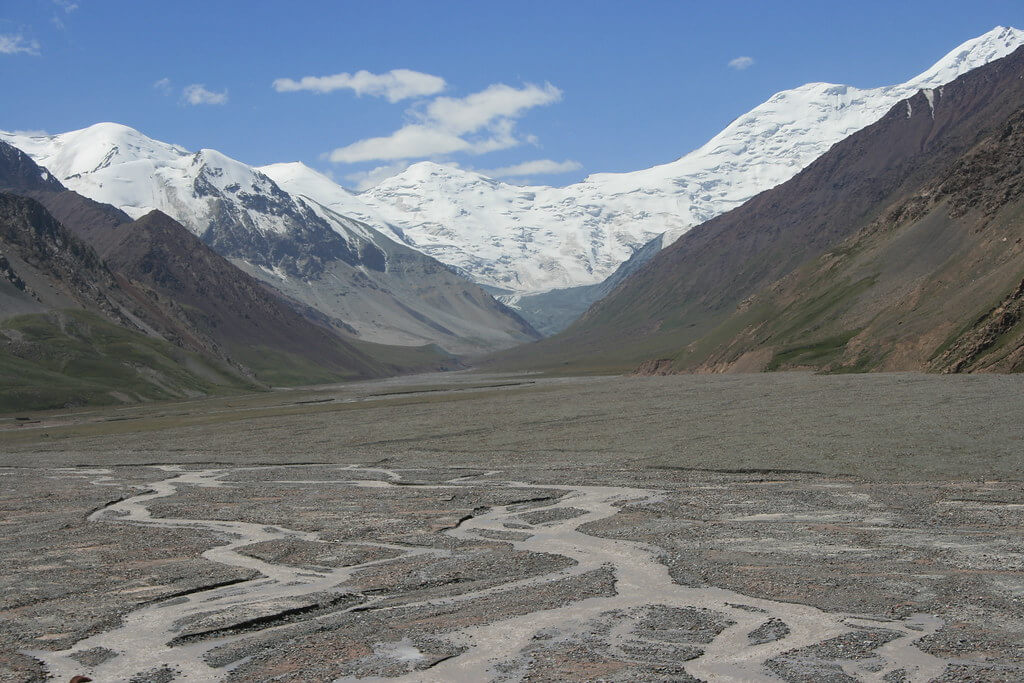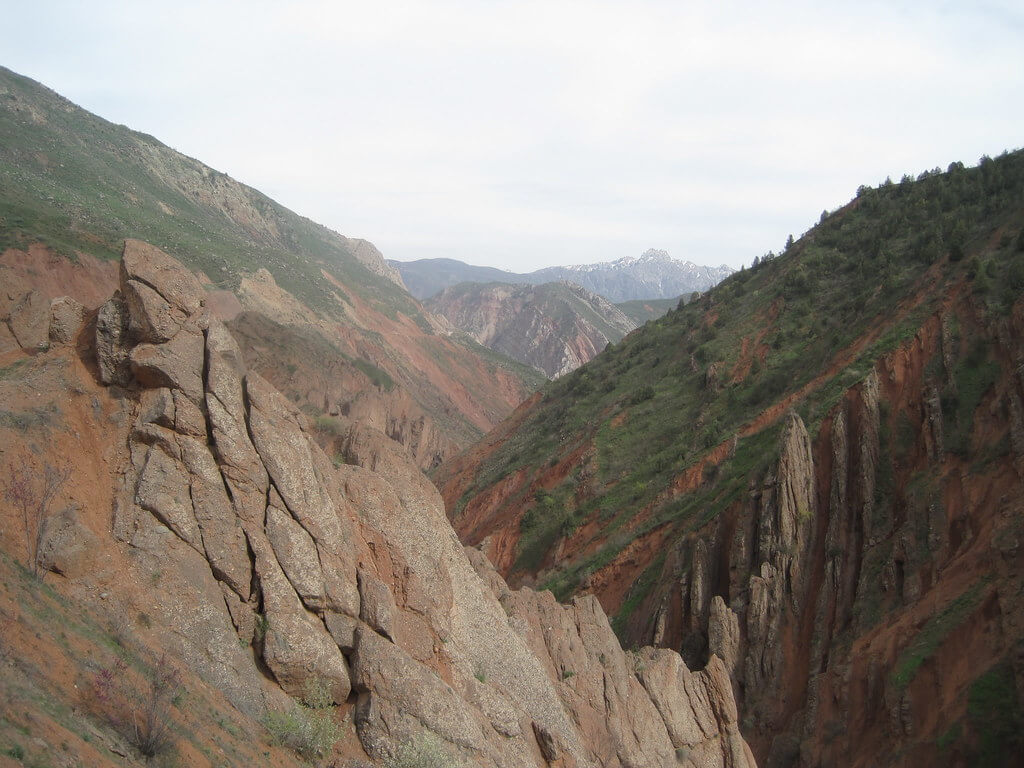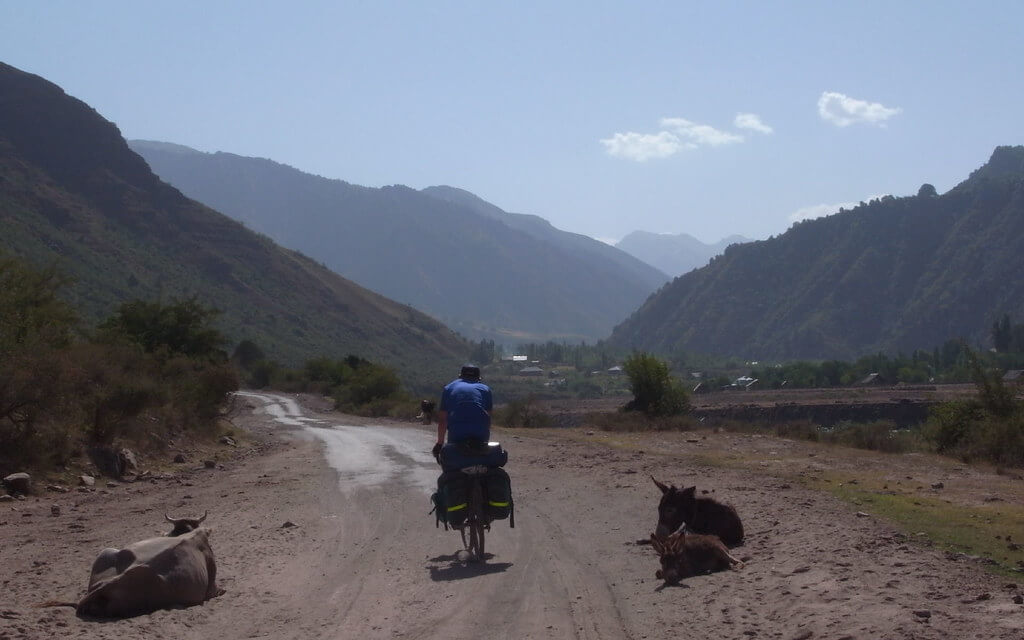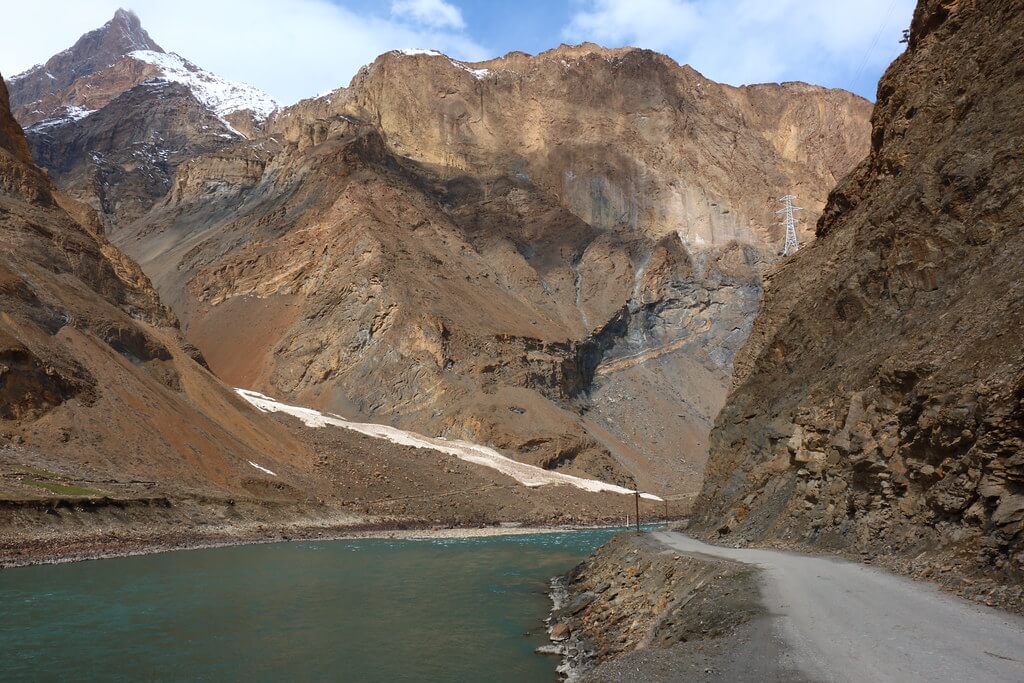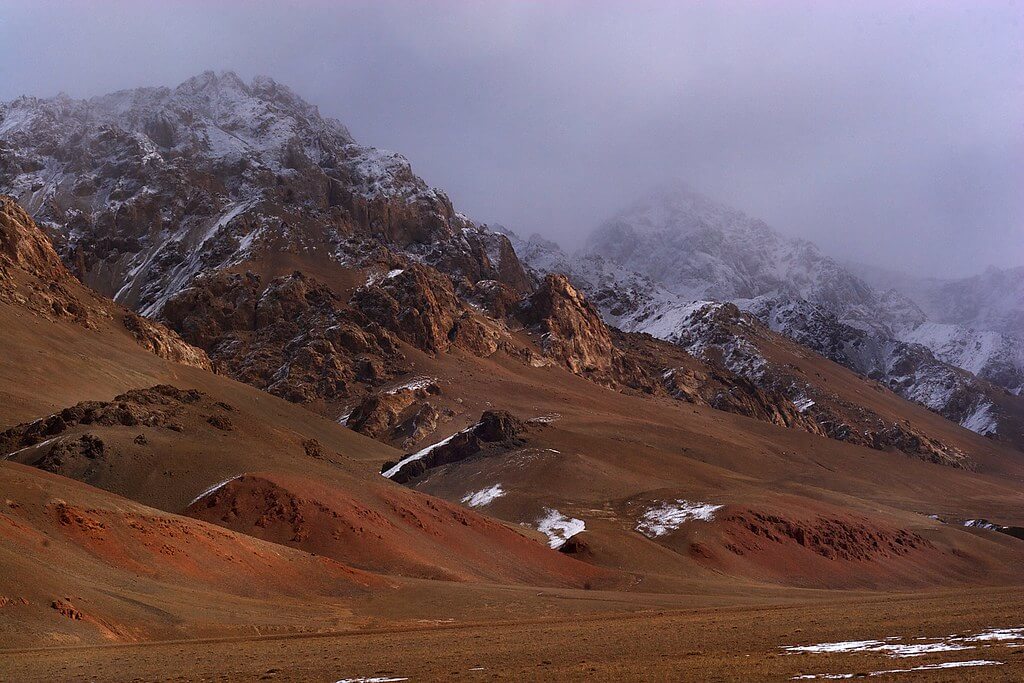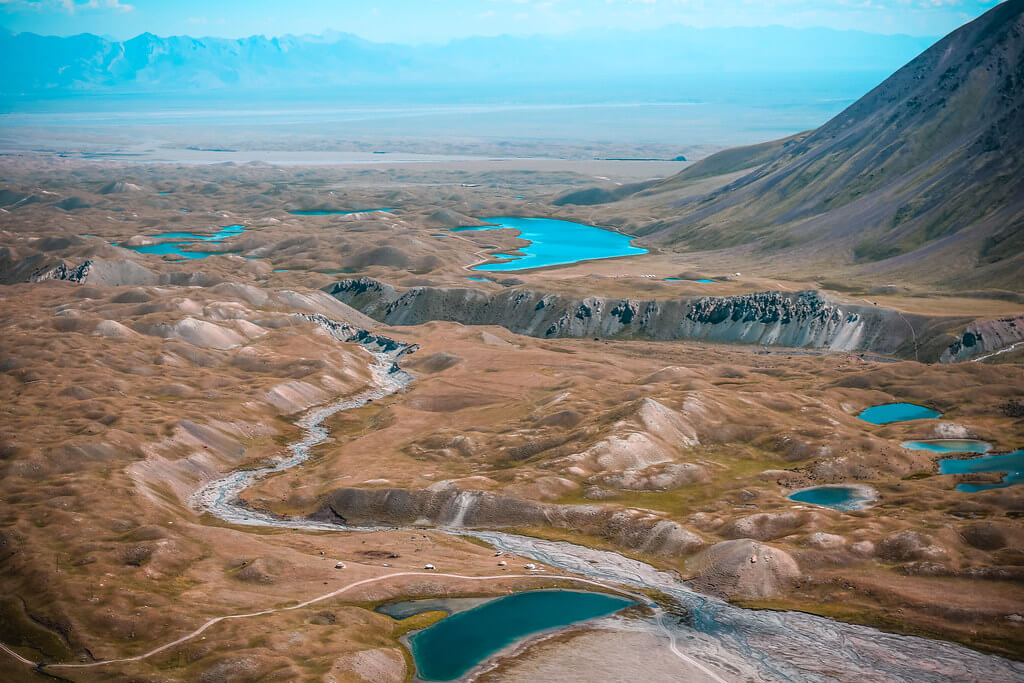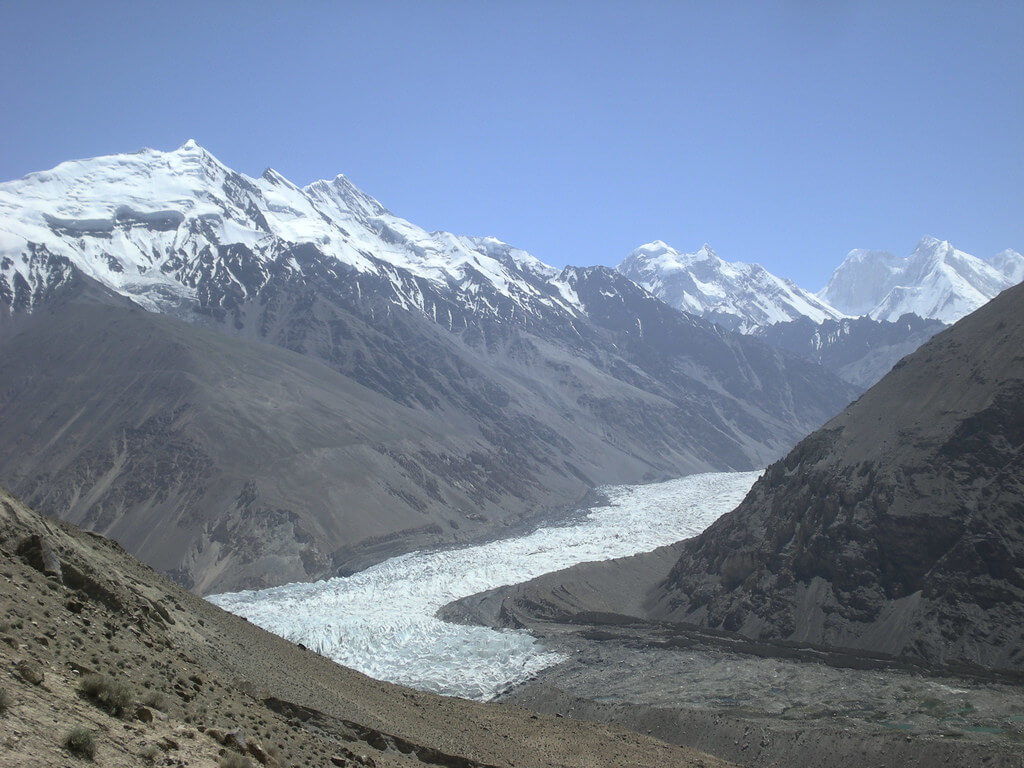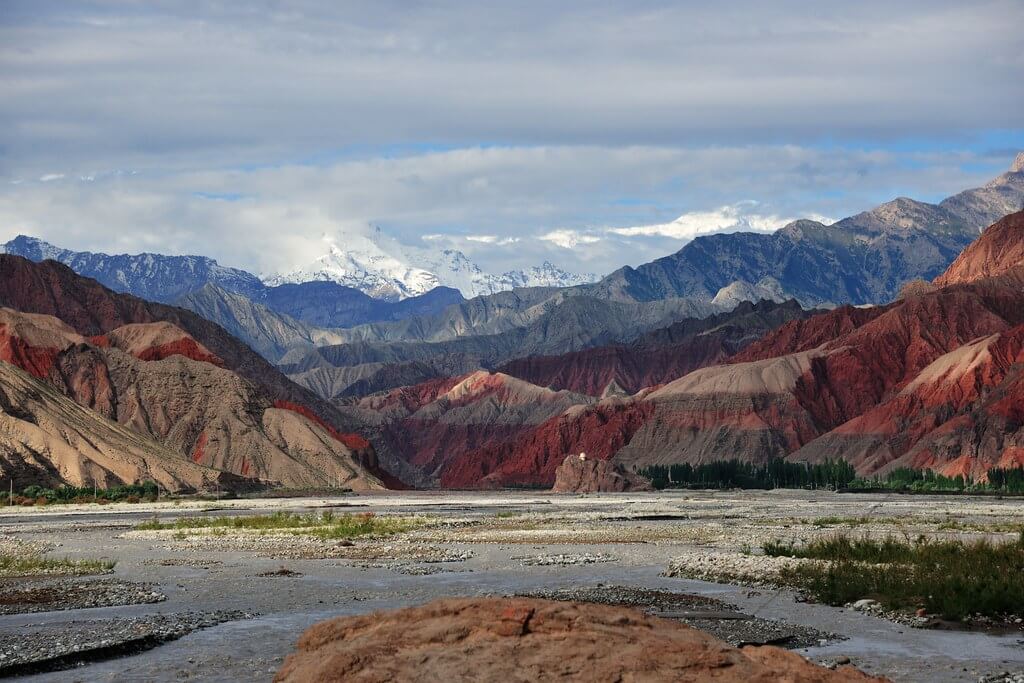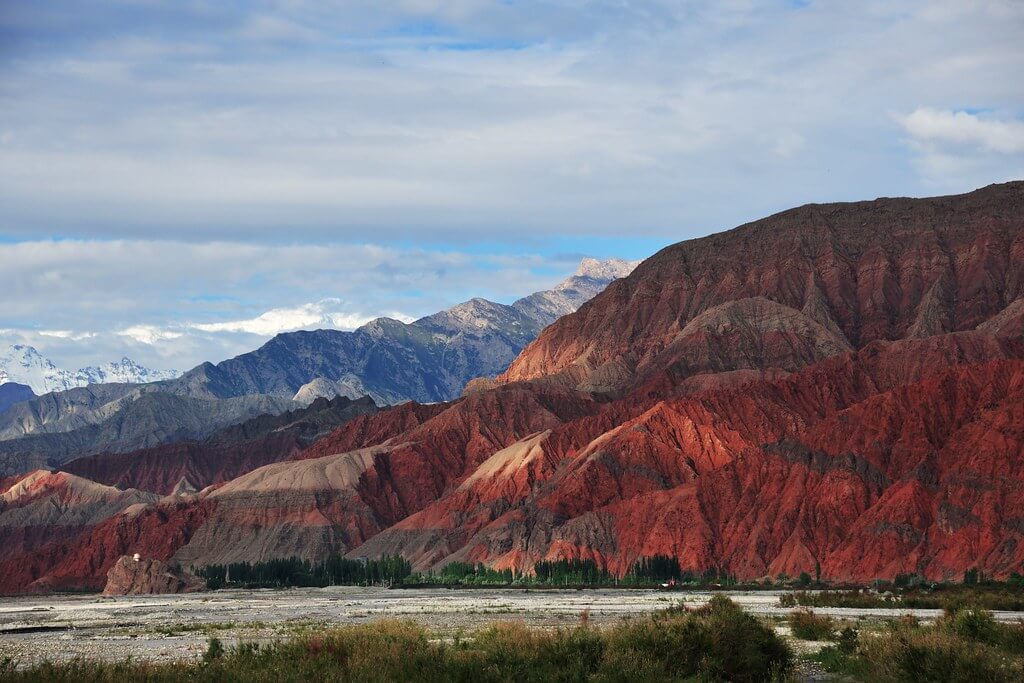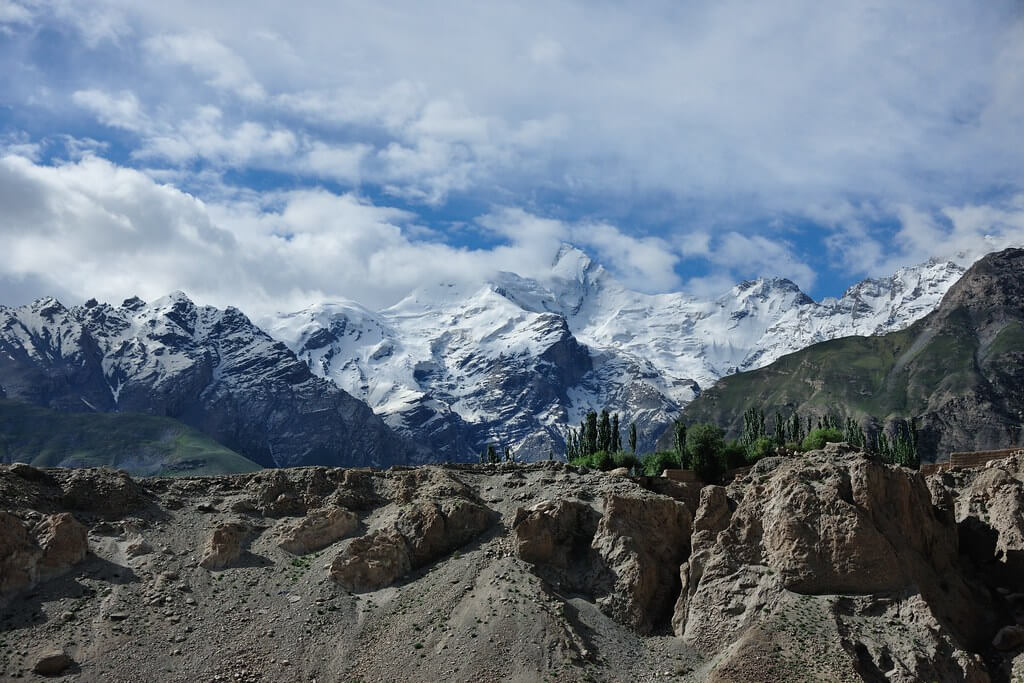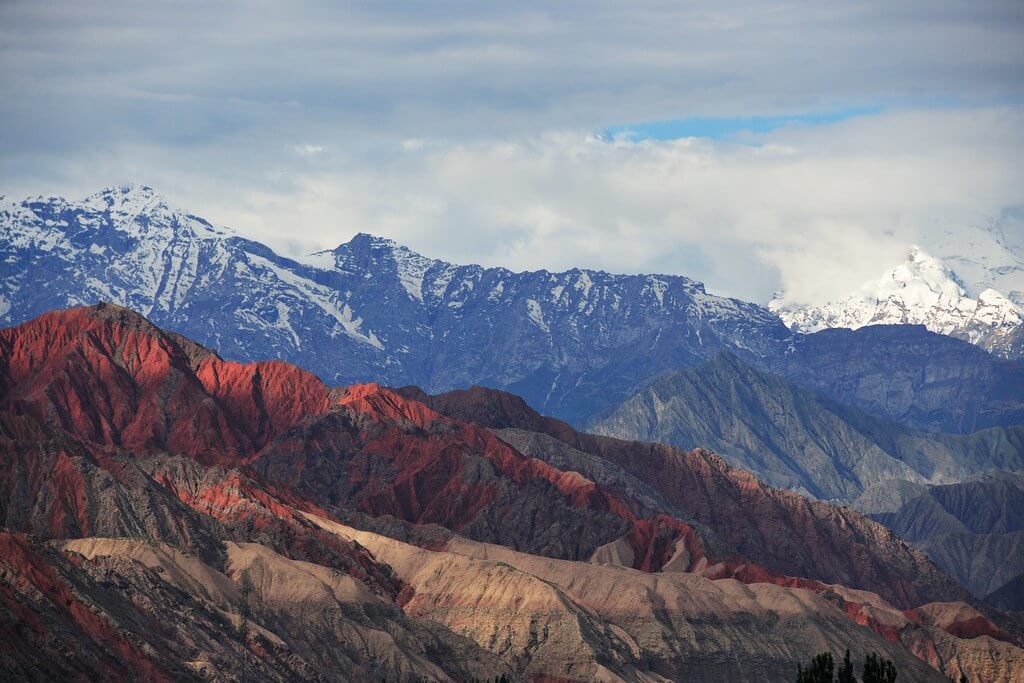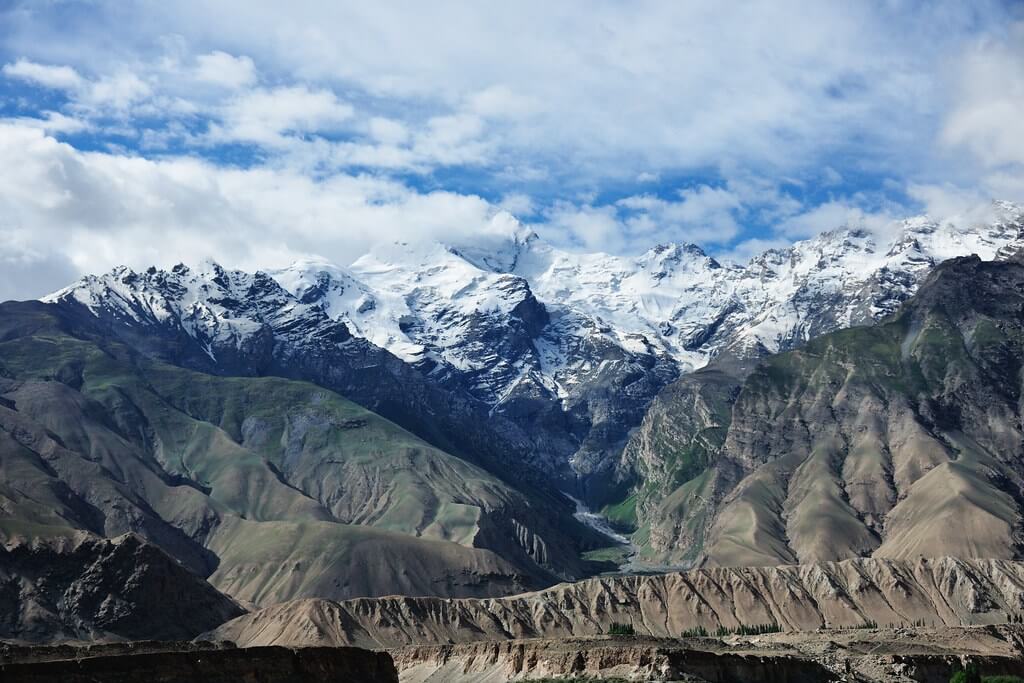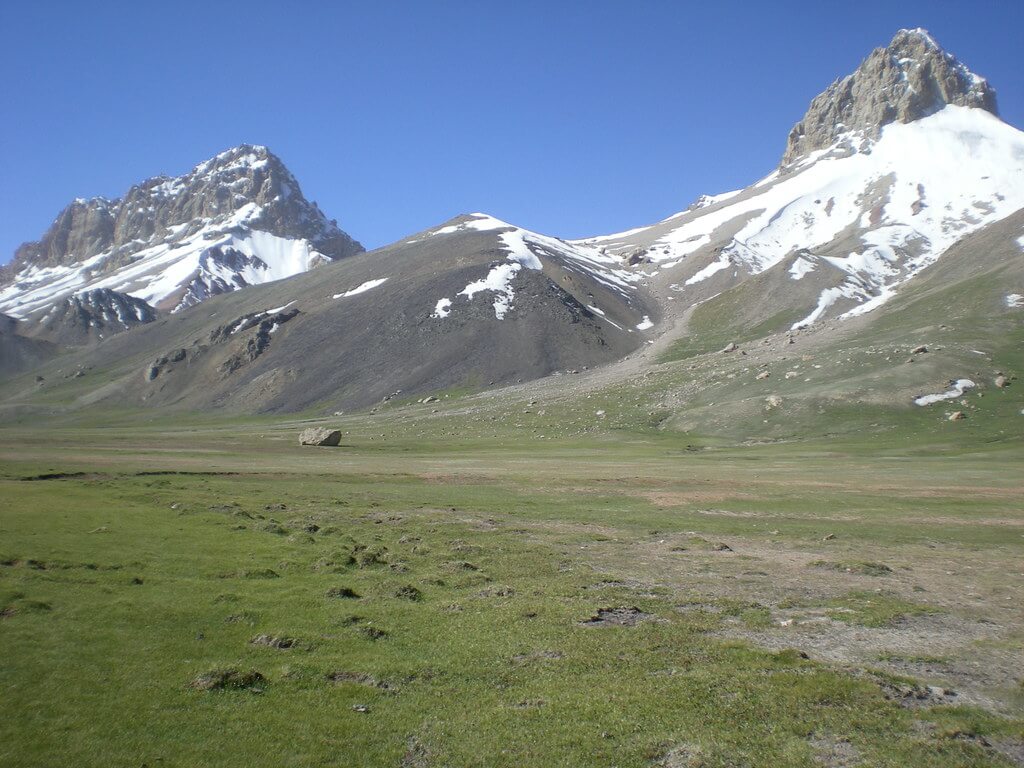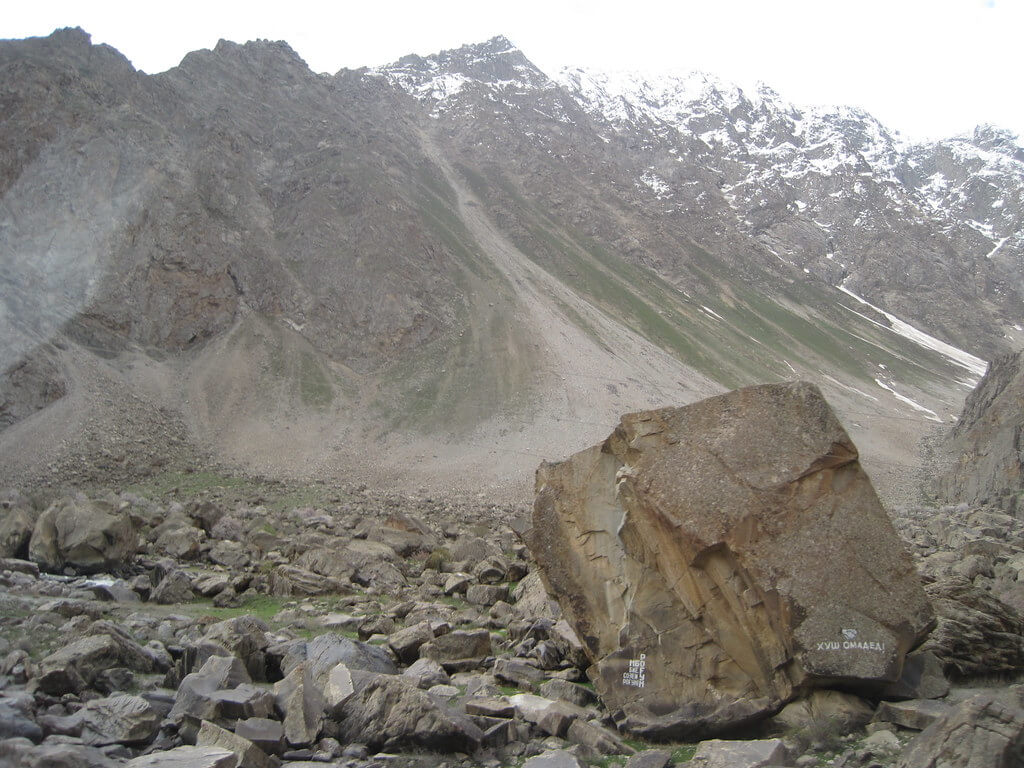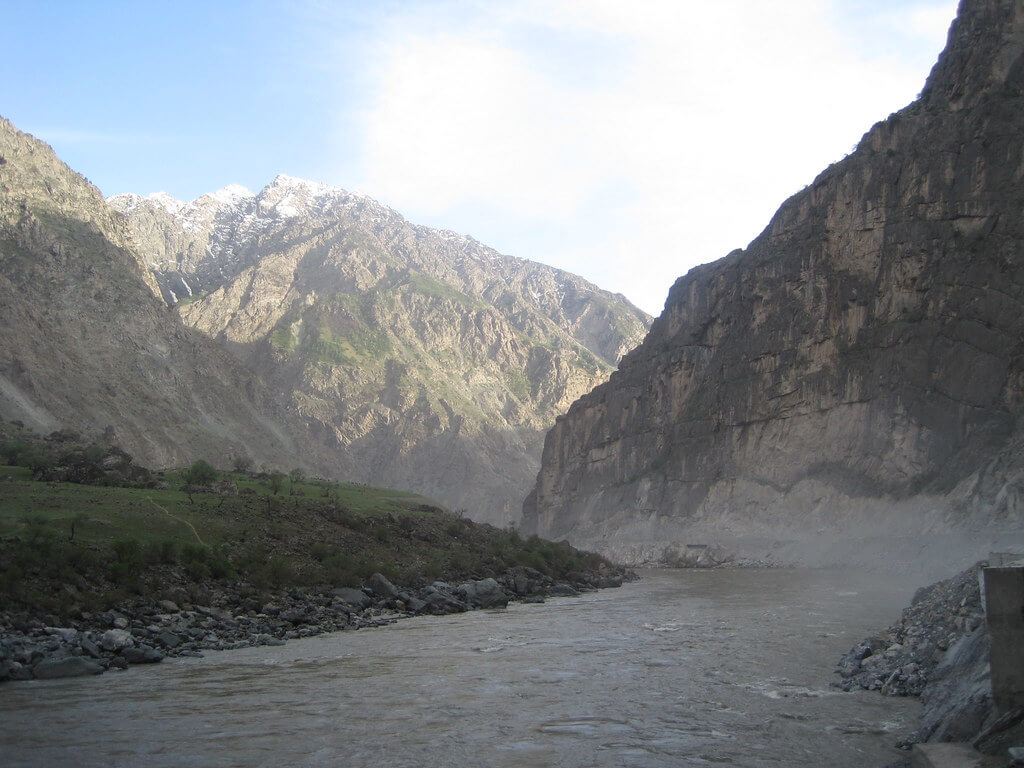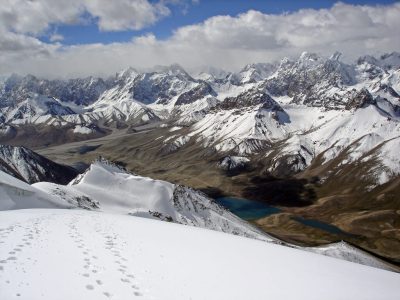Pamir
The Pamir, also known as the Pamir Mountains or the Roof of the World, is a huge and steep mountain range that separates Central Asia and Pakistan. It runs through Tajikistan, Afghanistan, Kyrgyzstan, and China, connecting many mountain ranges such as the Hindu Kush, Tian Shan, and Karakoram. The Pamir region is known for its distant and pristine landscapes, and it has both ecological and cultural significance.
The Pamir Mountains are known for their high peaks, deep valleys, and cold glaciers. This range has many of Central Asia's tallest summits, including Ismoil Somoni Peak (previously Peak Communism), which reaches an astonishing 7,495 meters (24,590 ft). The Pamir Mountains' glaciers and snow-capped summits are not only beautiful, but they also serve an important role in controlling water resources in the region, feeding countless rivers, and sustaining local ecosystems. The Pamir region is home to a wide range of ethnic groups, each with its own culture, language, and traditions. The Pamiri people, of Persian and Tajik heritage, make up the majority in the region. Other ethnic groups that live in the Pamir region include Kyrgyz, Wakhi, and Pashtuns. The Pamiri have a rich cultural legacy that is strongly ingrained in their ancient way of life, folklore, music, and handicrafts.
The Pamir Mountains have long served as a crossroads for trade and cultural exchange. The historic Silk Road, a well-known network of trade routes between Europe and Asia, traversed this region, carrying merchants, travelers, and ideas from all cultures. The architectural styles, gastronomy, and cultural practices of the local villages all bear the imprint of this past trade.
Religion is important in the Pamir region, with Islam being the prevailing faith of the majority of the inhabitants. The Pamir Mountains, on the other hand, are well-known for their rich spiritual heritage. A considerable number of Pamiri people, mainly the Ismaili group, practice Ismailism, a branch of Shia Islam.
The area is densely packed with medieval mosques, shrines, and mausoleums that serve as key pilgrimage sites for local Muslims.
The seclusion and harsh temperature of the Pamir region have helped to preserve its unique ecosystems and wildlife. The region is notable for its high-altitude flora and fauna, which includes rare and endangered animals such as Marco Polo sheep, snow leopards, and many wildflower types. Through the construction of national parks and conservation projects, efforts are being undertaken to maintain and conserve the region's ecological wealth.
The Pamir region has recently become a popular destination for adventure tourism, attracting trekkers, mountaineers, and environment lovers. The stunning landscapes, untouched wilderness, and warm hospitality of the local communities offer a rewarding and immersive experience for visitors seeking an off-the-beaten-path adventure.
In summary, the Pamir Mountains are a breathtaking and culturally rich region in Central Asia. With its awe-inspiring landscapes, diverse ethnic groups, historical trade routes, and unique ecosystems, the Pamir region stands as a testament to the natural and cultural wonders that await explorers in this remote corner of the world.
| Languages spoken | Urdu |
|---|---|
| Currency used | Pakistani Rupee (pkr) |
| Area (km2) | 12,500 km2 |
| Country name | Pakistan |

